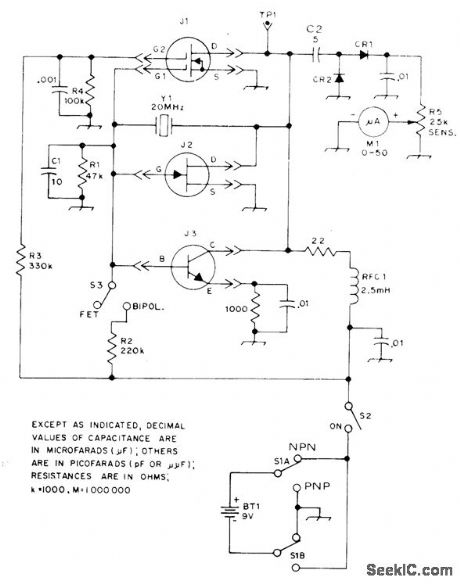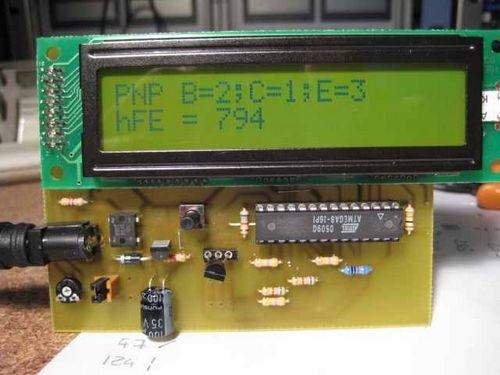


In FET, Source acts as the first pin, then Gate, and Drain acts as the third and last. Make sure to count the pins of FET in the reverse direction. Make sure to take the transistor facing you with curved sides. įET is a type of transistor with curved sides. But mostly, you will most likely find these configurations. Moreover, you must remember that this configuration may change with some exceptions. The collector is the nearest pin to a tab the emitter comes in the opposite direction, while the Base comes in the central part. However, you find a reverse situation in a PNP transistor with metal casings. At the same time, the Base acts as a central core pin. The Collector is located on the opposite side of the Emitter. NPN transistors with metal casing have Emitter as the nearest pin to a tab. However, find the tab present on the transistor rim. In metal casing transistors, the arrangement of pins comes circular instead of serial. Emitter acts as the first pin while Base acts as the second, and Collector as the third. Whereas in the PNP transistor, we face different situations. In the NPN transistor, the collector serves as the first pin, the Base as the second, and the Emitter as the third pin. However, if you want to identify the pins, face the flat side towards you and then count the number of pins.īoth transistor forms have different arrangements of components.
Transistor tester pcb serial#
A transistor that has a plastic case comes in a flat frontal side with a serial arrangement of pins. Both of these transistor forms are available in both metal or plastic casings.

Transistors come in two forms, PNP and NPN. Let’s get into the guide which helps professionals identify the pins of transistors. It helps them to identify the right connection for the pin and the place in a circuit. Whereas to overcome these challenges, many professionals use datasheets. These electronic devices include SCR, TRIAC, transistors, and other applications. However, identifying the connections of pins in various electronic devices is one of those hard challenges. Because of its biggest size, it takes a greater carrier number in a transistor.ĭesigning a PCB brings various challenges for manufacturers. The collector comes in as the last yet largest component in a transistor. The base not only controls the values but is also responsible for receiving the power supply connection. The base acts as a central core component of a transistor. However, Emitter considers the foremost pinouts which enable the transistor’s output.Īfter Emitter, then comes base. Generally, these transistor components act as pinouts of the transistor. These components consist of a Base, Emitter, and Collector. What are Transistors Pinouts?Ī transistor comprises three basic components. This article gives you a detailed insight into how pinouts affect the functionality of a transistor. Whereby transistors contain pinouts as a type of component.

A transistor is mainly designed to convert the weaker signals of a circuit with a low resistance to a circuit with high resistance. Well, among all those various devices, the transistor plays an essential role in making a circuit successful. An electrical circuit consists of various electronic devices.


 0 kommentar(er)
0 kommentar(er)
